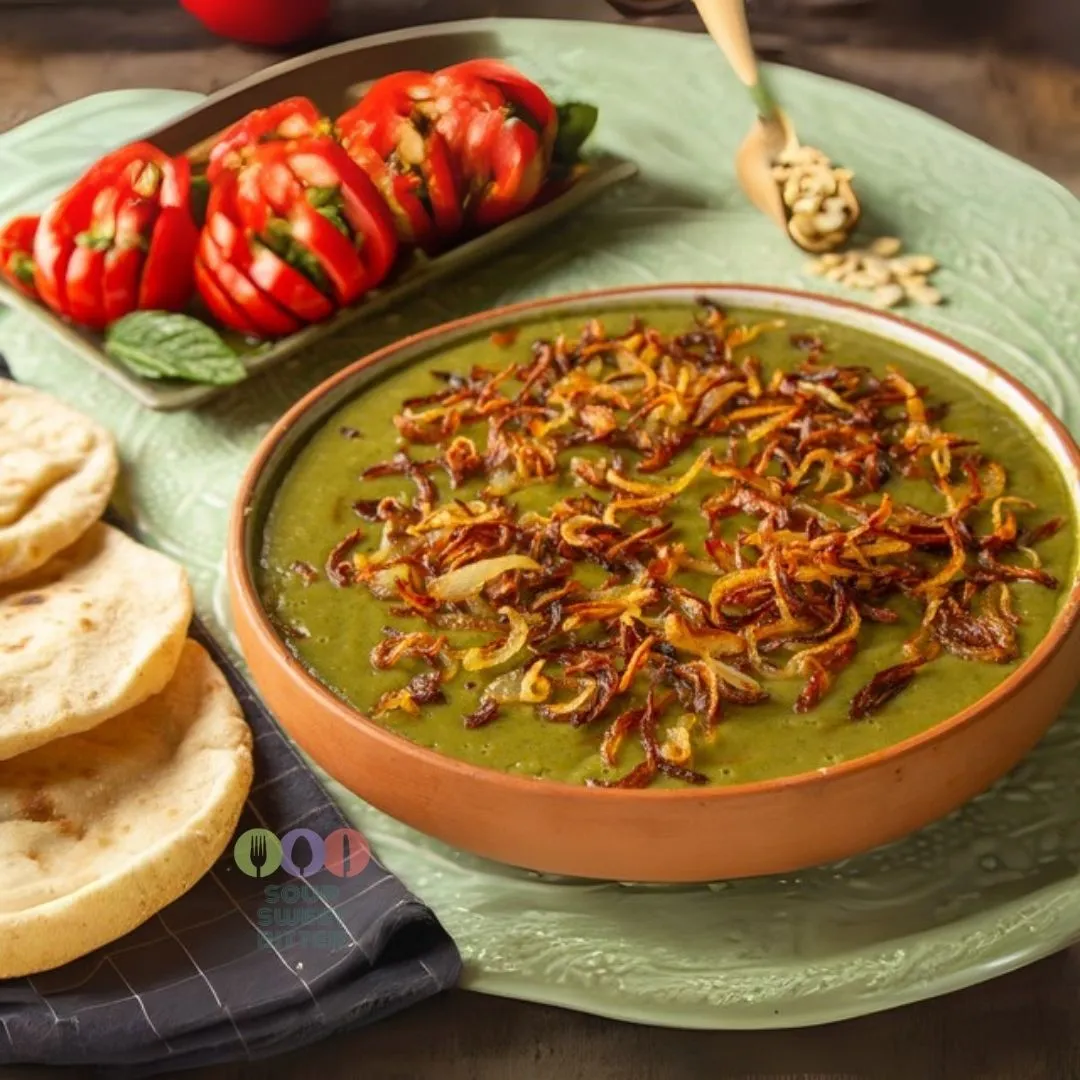Spanakopita: Discovering the Rich History and Tradition
Spanakopita is a cherished Greek dish that has a special place in Mediterranean cuisine. This savory pie, filled with spinach, feta cheese, and wrapped in flaky phyllo pastry, boasts a rich history and cultural importance spanning centuries. Let’s explore its origins, traditional preparation methods, and why it continues to charm people today.
Historical Roots
Spanakopita traces its roots back to the Byzantine Empire, where phyllo pastry was popular in both sweet and savory dishes. The name “spanakopita” comes from the Greek words “spanaki” (spinach) and “pita” (pie), highlighting its main ingredients. Greeks traditionally made this dish to use seasonal greens and herbs, creating a nutritious and delicious meal for families.
Traditional Preparation and Cultural Significance
In Greek homes, making spanakopita is a beloved tradition passed down through generations. Families layer delicate phyllo dough with a filling of sautéed spinach, feta cheese, onions, herbs, and sometimes eggs. Each layer is brushed with olive oil or melted butter, resulting in a crispy, golden-brown crust. People enjoy this pie as a main dish, appetizer, or snack, showcasing the versatility of Greek cuisine.
Spanakopita symbolizes Greek hospitality and communal eating. Greeks serve it during festive occasions, family gatherings, and religious holidays, embodying the spirit of sharing and togetherness. Additionally, the dish aligns with the Mediterranean diet’s focus on fresh, wholesome ingredients, contributing to its health benefits and lasting popularity.
Spanakopita Today
Today, spanakopita has transcended its traditional roots to become a global favorite. Its simple yet flavorful combination of spinach and feta wrapped in crispy phyllo has made it a staple in Greek restaurants and bakeries worldwide. Modern versions of the dish may include different fillings like leeks, dill, or various cheeses, catering to diverse tastes and dietary preferences.
Spanakopita also stands out for its health benefits. Spinach is rich in vitamins and minerals, while feta cheese offers a good source of protein and calcium. When phyllo dough is prepared with olive oil, it adds a heart-healthy element to this classic dish.
Making Spanakopita at Home
If you want to experience the authentic taste of spanakopita, making it at home can be a delightful culinary adventure. Start by preparing the spinach filling with fresh ingredients and traditional Greek herbs. Layer the phyllo dough sheets, making sure to brush each one with olive oil or butter for that perfect flaky texture. Bake until the top turns golden and crispy. Then, enjoy your homemade spanakopita with a side of Greek salad or tzatziki.
Celebrating the Legacy of Spanakopita
Whether you’re a fan of Greek cuisine or a curious foodie, spanakopita is a must-try dish that captures the essence of Greece’s culinary heritage. Its rich history, cultural significance, and delicious taste make it a timeless classic that continues to delight taste buds around the world.
Discover Traditional Greek Recipes Discover Traditional European Recipes You may like this also: Belarusian Draniki
Greek Spanakopita
Ingredients
For the Dough:
For the Filling:
Instructions
Prepare the Dough:
-
In a small bowl, combine the warm water, sugar, and yeast. Let it sit for about 5-10 minutes until it becomes frothy.
-
In a large mixing bowl, combine the flour and salt. Make a well in the center and add the yeast mixture and olive oil.
-
Mix until a dough forms. Knead on a floured surface for about 10 minutes until the dough is smooth and elastic.
-
Place the dough in a greased bowl, cover with a clean cloth, and let it rise in a warm place for about 1 hour or until doubled in size.
Prepare the Filling:
-
In a large pan, heat the olive oil over medium heat.
-
Add the onions and garlic, sauté until soft and translucent.
-
Add the spinach and cook until wilted and all the moisture has evaporated. Remove from heat and let it cool.
-
In a large bowl, combine the cooled spinach mixture, crumbled feta cheese, ricotta cheese, dill, parsley, and beaten eggs. Season with salt and pepper to taste.
Assemble the Spanakopita:
-
Preheat your oven to 180°C (350°F).
-
Divide the dough into two equal parts. Roll out one part on a floured surface to fit the bottom of your baking dish (about 9x13 inches).
-
Place the rolled dough into the greased baking dish, pressing it up the sides.
-
Spread the spinach filling evenly over the dough.
-
Roll out the second part of the dough to fit over the top of the filling. Place it over the filling and pinch the edges together to seal.
-
Cut a few small slits in the top of the dough to allow steam to escape.
Bake the Spanakopita:
-
Bake in the preheated oven for about 45-50 minutes, or until the top is golden brown and cooked through.
Serve:
-
Allow the spanakopita to cool slightly before cutting it into pieces.
-
Serve warm or at room temperature.
-
Your homemade Spanakopita is ready. Kali orexi!
















